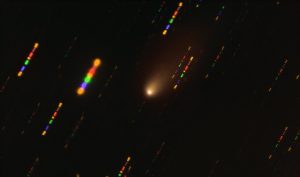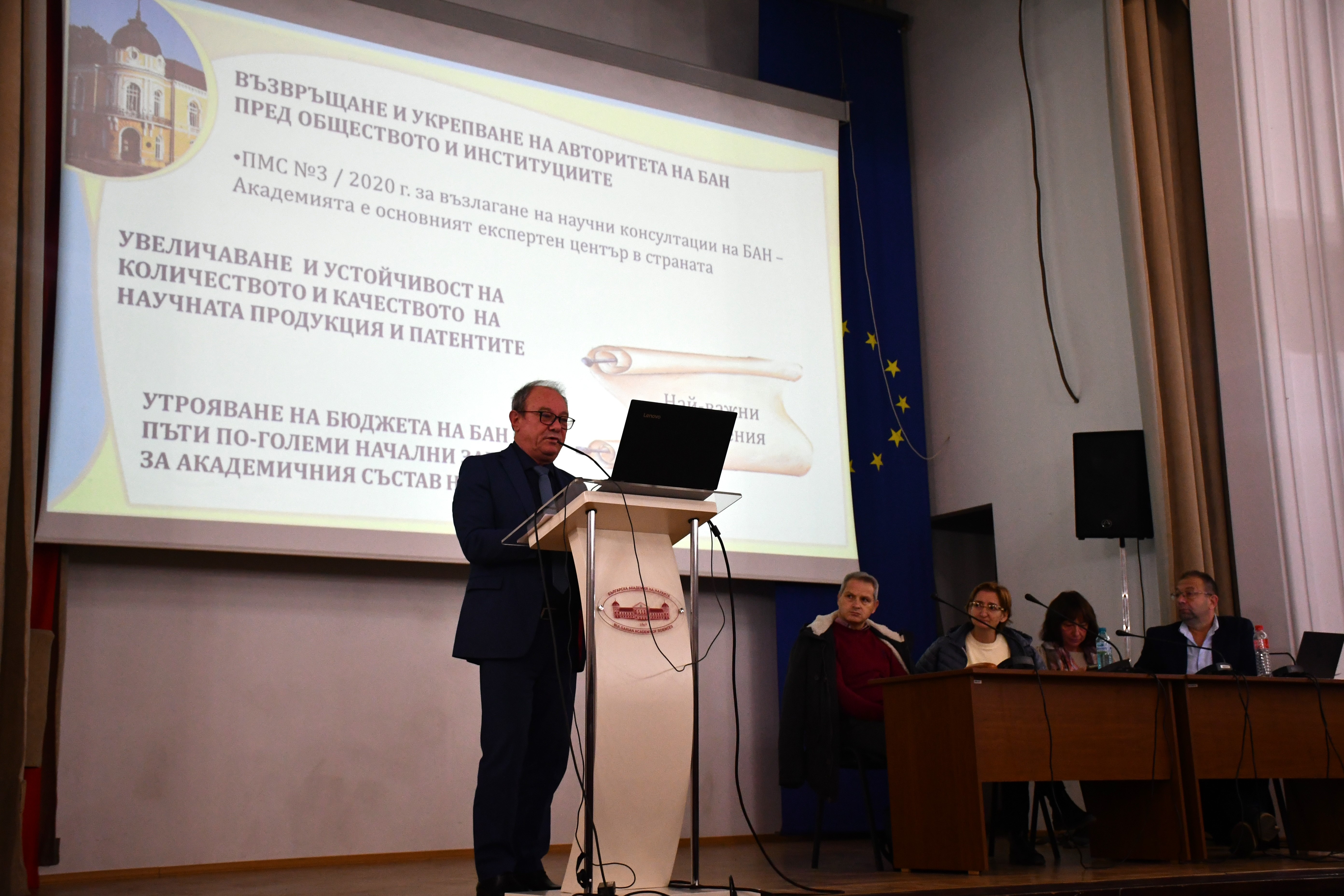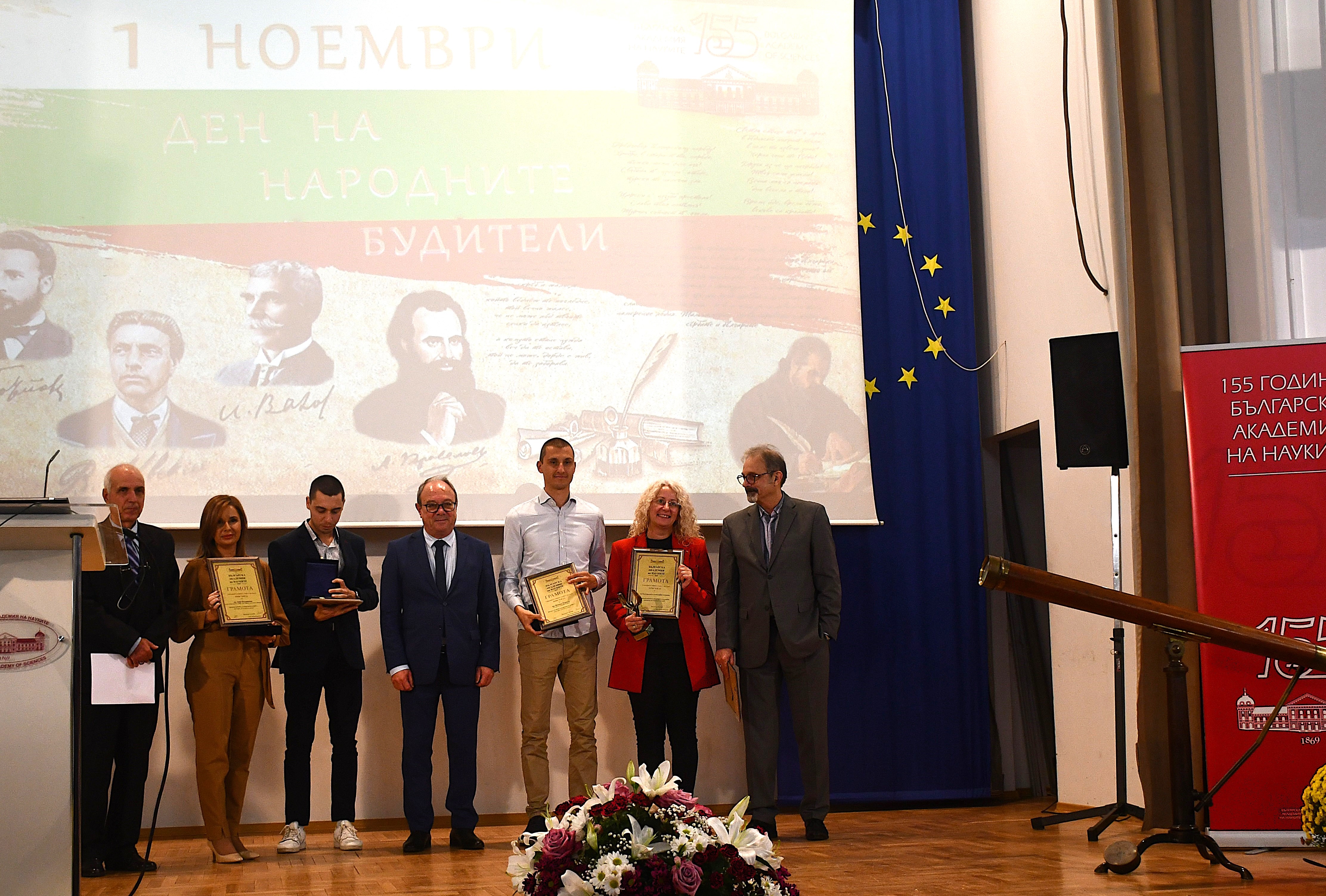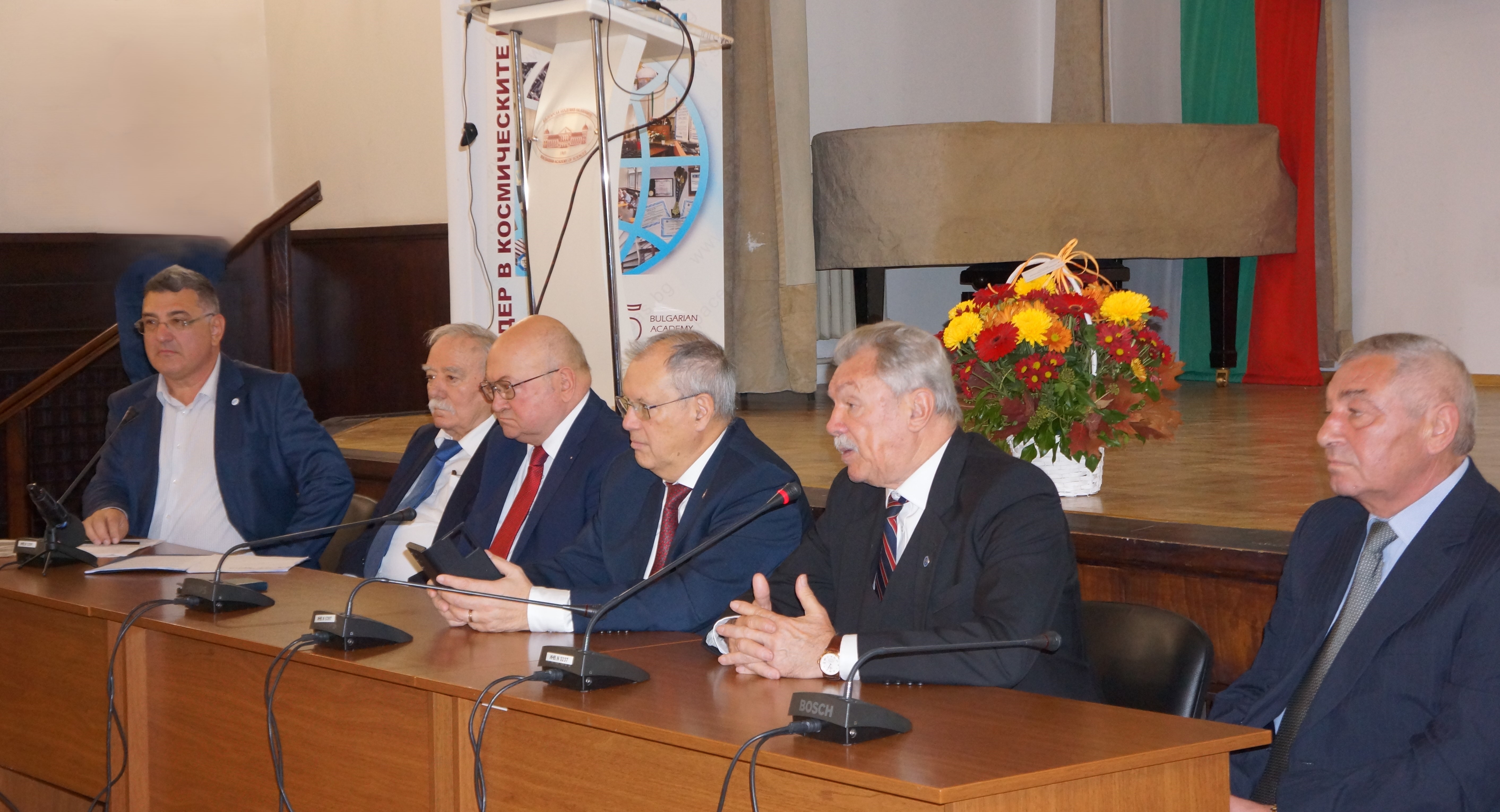New observations made with the participation of a scientist from BAS using the Very Large Telescope (VLT) of the European Southern Observatory (ESO) show that the unique comet 2I / Borisov, which is only the second newly discovered interstellar visitor to our solar system, is one of the most pristine objects that have ever been observed. Astronomers speculate that this comet never passed a star nearby, making it an intact remnant of the cloud of gas and dust from which it formed.
Stefano Bagnulo and his colleagues, including Assoc. Prof. Dr. Galin Borisov from the Institute of Astronomy with NAO – BAS, used the FORS2 instrument of the VLT telescope of ESO to study in detail the comet 2I / Borisov using the observation technique called polarimetry. Since this technique is often used to study comets and other small bodies in our solar system, this allows the team to compare the interstellar visitor with our local comets.
The team found that Comet 2I / Borisov had polarimetric properties that are very different from other comets in our solar system except Hale-Bopp. It is also considered to be a pristine object, as its last passage near the Sun is its only one so far. The composition of the newly discovered comet is thought to be very similar to that of the protoplanetary cloud of gas and dust from which our solar system formed 4.5 billion years ago.
Analyzing the polarization and color of comet dust, the team came to the conclusion that 2I / Borisov is even much more pristine than Hale-Bopp. This means that it carries immaculate traces of the gas-dust cloud from which it was formed.
The results are accepted for publication in “Nature Communications” and can be found at: https://rdcu.be/chLEl






